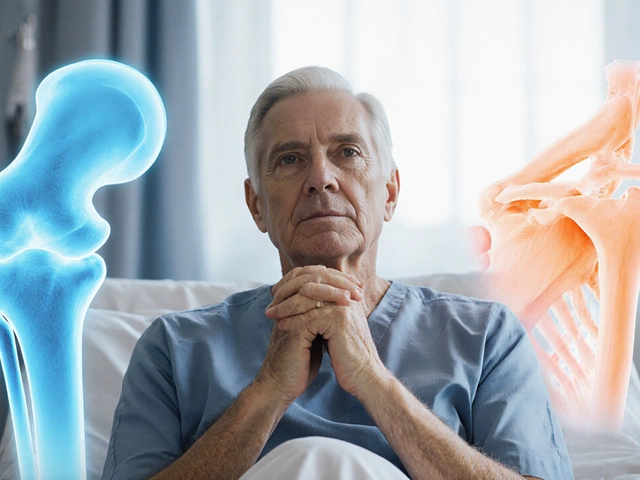Knee Injury Prevention: Simple Steps to Keep Your Knees Strong
Whether you play sports, walk to work, or just get up and down a lot, your knees take a lot of wear and tear. The good news is you can cut the risk of pain and injury with a few easy changes. Below are the most useful habits and exercises that fit into a busy day.
Everyday Habits That Protect Your Knees
Start with the basics. Wear shoes that give good support and have a smooth sole; cheap flip‑flops or worn‑out sneakers often cause the knee joint to twist awkwardly. If you carry a heavy bag, use both straps to balance the load and keep the weight close to your body.
Pay attention to your posture when you sit. Sitting with knees bent at a 90‑degree angle and feet flat on the floor reduces strain on the joint. When you stand for long periods, shift your weight from one leg to the other every few minutes – this keeps the joint lubricated and prevents stiffness.Weight matters too. Even a few extra pounds add extra pressure on the knee cartilage. Small diet tweaks like swapping sugary drinks for water can make a noticeable difference over months.
Warm up before intense activity. A five‑minute walk, light cycling, or gentle leg swings raise blood flow and prepare the muscles that surround the knee. Skipping the warm‑up is one of the quickest ways to snag an injury.
Quick Exercises to Build Knee Stability
Strong muscles act as shock absorbers for the knees. Try the following moves three times a week, each for 2‑3 sets of 10‑15 reps.
- Wall sits: Slide down a wall until your thighs are parallel to the floor, hold for 30 seconds, then stand up.
- Standing calf raises: Rise onto your toes, pause, and lower slowly. This improves ankle stability, which in turn protects the knee.
- Side‑lying leg lifts: Lie on one side, lift the top leg up, hold, and lower. This hits the hip abductors that keep the knee from collapsing inward.
Balance drills also help. Stand on one foot for 30 seconds, then switch. Add a cushion or close your eyes to make it harder as you improve.
If you feel any sharp pain during these exercises, stop right away. Mild soreness is okay, but pain means you’re overloading the joint.
Finally, give your knees time to recover. Ice a sore knee for 15 minutes after activity, and use a compression band if swelling appears. Rest isn’t lazy – it’s part of the healing cycle that keeps you moving longer.
By mixing good habits, smart footwear, and a few targeted exercises, you can dramatically lower the chance of a knee injury. Keep these tips in mind the next time you head out for a run, a game, or just a long day at the office, and your knees will thank you.






